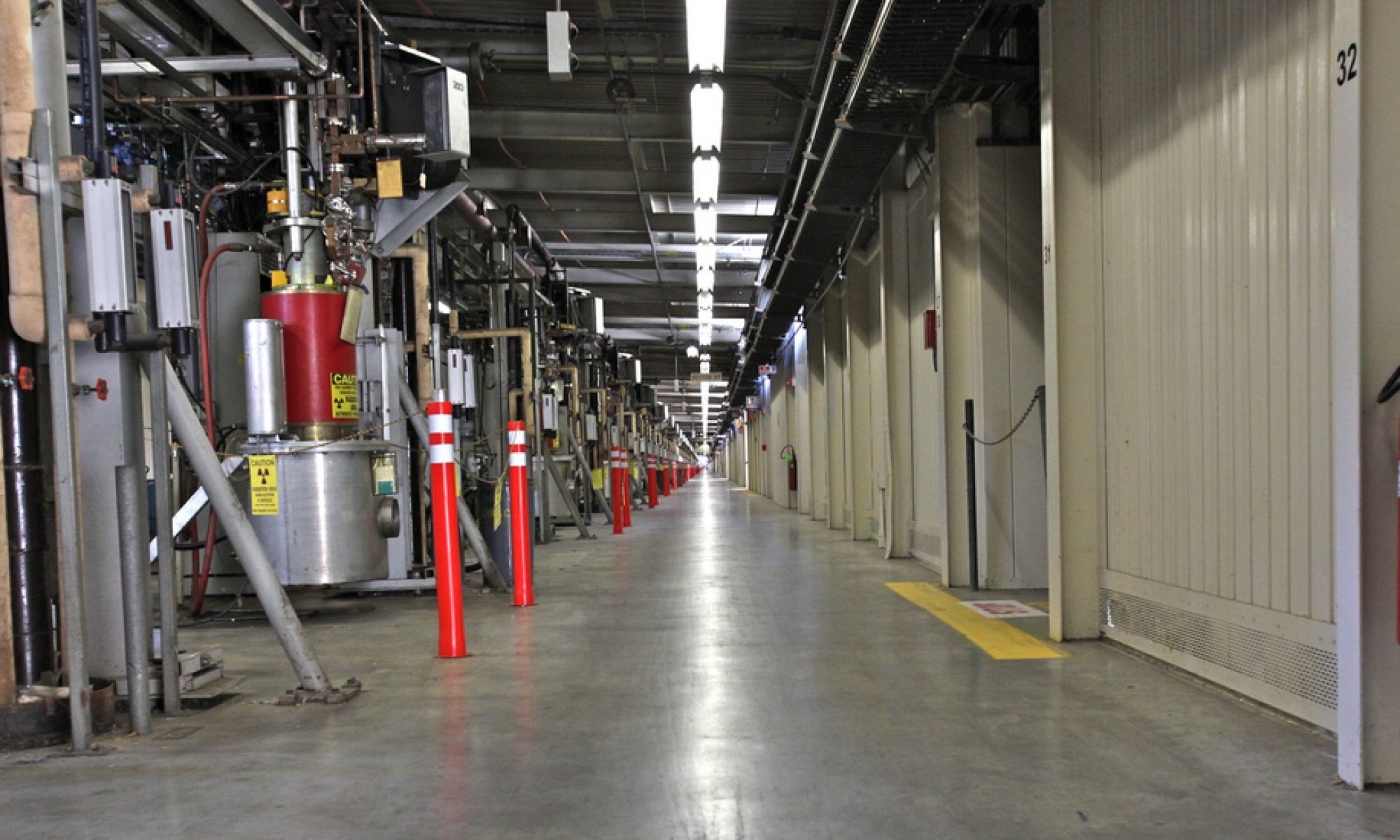On December 23, 2007, the BaBar/PEP-II B-factory ceased its existence as “capital B” factory and started a new and short life as a “lower-case b” factory. By changing the energy of the electron beam by just a tiny bit, we dropped out of sight of the long-cherished Y(4S) (Upsilon(4S), pronounced “oopsilon four-ess”) resonance and welcomed in a brief era with its less-massive cousin, the Y(3S). Like hydrogen, the orbiting pair of bottom and anti-bottom quarks that make up these particles can flit about each other in ever-wider, quantized orbits. By going from the very orbitally excited 4S down to the less excited, less massive 3S, we hoped to clear away the omnipresent fog of B-mesons and reveal a new and less-explored landscape of particles.
Indeed, one of the science goals of this short run at the Y(3S) was to find something that had eluded particle physics since 1977, when the Upsilon mesons and their b-quark occupants were first discovered. To every system of matter, there is a “ground state” – a lowest energy state to which the system is ever trying to get, shedding energy as it does so. To know the ground state is to know the underlying laws of nature that govern all the excitations of the system, the relationships between one state of matter and its cousins. The ground state of bottomonium had never been found, though there were many attempts. Could it be just beyond the reach of the old data sets? Could it be that some new particle mixes with the ground state and causes it to appear to be missing?
These questions drove us to put the discovery, or non-discovery, of the ground state, called the eta_b (pronounced “eh-ta bee”), at the top of the priority list for this new data. Now, just 5 months after the end of data-taking at the Y(3S), BaBar is pleased to announce the discovery of a state consistent (so far) with the properties of the eta_b. In our paper, “Observation of the bottomonium ground state in the decay Upsilon(3S) -> gamma eta_b”, the collaboration reports on the observation of a heavy particle recoiling against a photon, both of which are produced from our Y(3S) state. The photon carries away one unit of spin angular momentum, leaving behind what should be a scalar (spin-0) particle with mass 9388.9 MeV/c2 – that’s about nine times heavier than the proton.
I am excited to have been a part of the effort to secure the data, and while this discovery is but one of many measurements we are hoping to make I hope that the community welcomes this flagship result with the kind of excitement and scrutiny I’ve come to expect from my colleagues! This effort seems to have been a “whole-body” experience: from the guiding hand of management cultivating the proposal for this data; to the stressful and exhausting first days of data-taking, through the steady hands and minds of the PEP-II accelerator group and the BaBar detector group; from electronic readout to disk, from disk to tape, from tape to datasets distributed for all of BaBar to explore, all made possible by the tremendous expertise of the data quality and computing experts; from exploration to interpretation, from interpretation to publication, here we have the minds of the analysts leading the effort, the whole of the collaboration reviewing the effort.
There are times when I wonder whether a rough social beast such as BaBar can accomplish so much in so little time, time usually assumed only to be possible for a small experiment with limited opinions and personalities. Here we see that when a measurement is felt to be compelling to the whole of such an organization, much can be accomplished even in a short period of months. I have never ceased to be amazed over the years at what physics collaborations can achieve, what scientists can do when a common purpose pulls them together. Here stands another such moment, and as I write this I realize that too long have I been swept up in the middle of it to actually appreciate the beauty of it.
